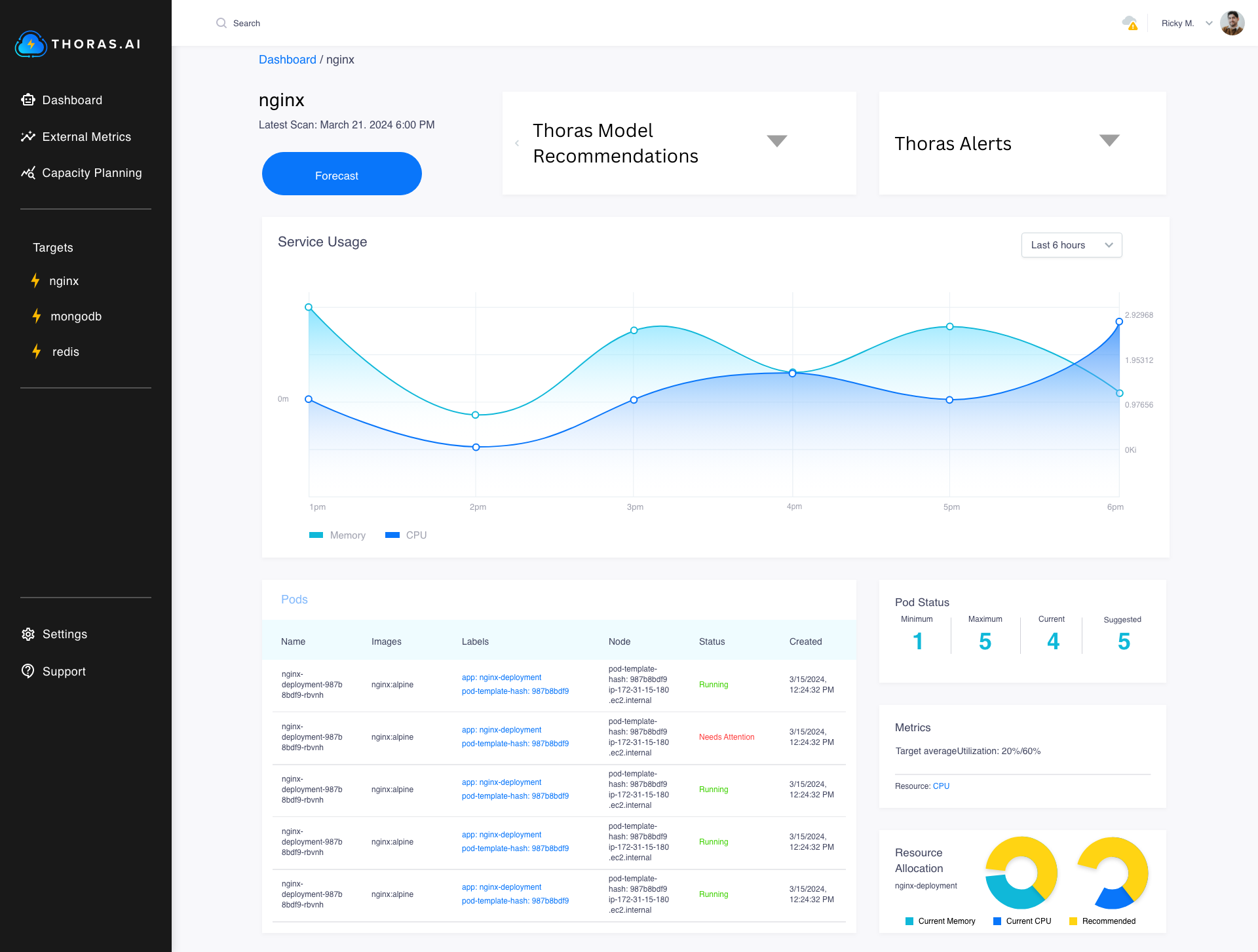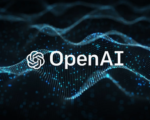Thorax.ai Revolutionizes Resource Allocation for Kubernetes Workloads with Automation

When the Soviet Union invaded Afghanistan in 1979, Thoras.AI founders Nilo Rahamani and Jennifer Rahamani were far from being born, yet their parents experienced the turmoil firsthand, fleeing their homeland with their older siblings and eventually immigrating to the U.S. Settling in northern Virginia, they welcomed twin girls who would grow up to become engineers, carving out successful careers at Slack and the Department of Defense (DoD), respectively, where they contributed to the implementation of cloud-native solutions.
During their tenure in previous roles, the Rahmani sisters identified a critical issue in how engineers managed Kubernetes workloads. They observed a heavy reliance on intuition rather than data-driven insights. Drawing inspiration from their parents’ resilience, the sisters decided to depart from their comfortable positions and establish Thoras.ai to address this challenge head-on.
Today, Thoras.ai announced a significant milestone with a $1.5 million pre-seed investment.
“Thoras essentially integrates alongside a cloud-based service and it consistently monitors the usage of that service,” explained company CEO Nilo Rahmani to TechCrunch. “So the goal is to not only forecast demand but then to autonomously scale the application up or down in anticipation of increased traffic or decreased traffic.” Additionally, the platform can alert engineers of performance issues preemptively, allowing them to address problems before they escalate.

Launched at the beginning of the year, Thoras.ai swiftly closed its pre-seed funding a few weeks ago. The company has already rolled out the first version of its product, actively engaging with customers in live environments and generating revenue — all promising signs for an early-stage startup.
While the founders remain tight-lipped about the specifics of the backend operations, they disclosed that the application seamlessly integrates with the company’s development environment without relying on APIs, ensuring robust security and privacy measures. Developers access a dashboard presenting key information about the application’s resources, with a strong emphasis on delivering a visually appealing user experience.













